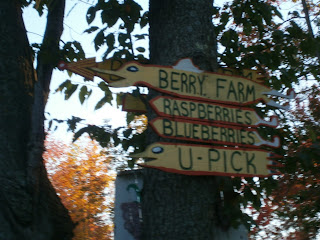AN OLD LOVE OF MINE REVISITED
By Manfred H. Rieder
FROM WIKIPEDIA:
Reverse painting on glass is an art form consisting of applying paint to a piece of glass and then viewing the image by turning the glass over and looking through the glass at the image. Another term used to refer to the art of cold painting and gilding on the back of glass is verre églomisé, named after the French decorator Jean-Baptiste Glomy (1711–86), who framed prints using glass that had been reverse-painted.[1] In German it is known as Hinterglasmalerei.
This art form has been around for many years. It was widely used for sacral paintings since the Middle Ages. The most famous was the art of icons in the Byzantine Empire. Later the painting on glass spread to Italy, where in Venice it influenced its Renaissance art. Since the middle of the 18th century, painting on glass became favored by the Church and the nobility throughout Central Europe. A number of clock faces were created using this technique in the early-to-mid-19th century. Throughout the 19th century painting on glass was widely popular as folk art in Austria, Bavaria, Moravia, Bohemia and Slovakia. Unfortunately, during the inter-war period (1914–1945) this traditional "naive" technique fell nearly to a complete oblivion and its methods of paint composition and structural layout had to be re-invented by combining acrylic and oil paints.
NOW ME:
I learned the rudimentary of reverse glass painting from an old artist in Austria who specialized in restoring church glass paintings in churches. He also introduced me to the art of reverse glass on clocks which was widely used in the 18th and 19th century.
When we lived in Canada I began to specialize in reverse glass and eventually restored more than 100 clock glass panels for Canadian museums over an 18 year period. I also created some 200 paintings of my own, some of which can be seen in banks and law offices in Montreal and Toronto.
Due to illness which limits my physical ability to work on anything strenuous, I have taken this form of painting up again over he past year, have created and sold some lovely clocks and now I am working pretty much full time on glass panels.The paintings take many hours even if they do not look it but it is very intricate to work from "front to back".Whatever you see in a reverse painting that is in front has to be painted first, so, for example if i want to show a boat near a shore, the shore gets painted first, then the boat, then the water surrounding the boat etc. Also - whatever I paint I have to take into consideration that what I paint on the left side of he glass will show on the reverse side when turned over. It can get confusing and errors cannot be corrected, so you have to get it right the first time out.
Most paintings look "primitive", this is the nature of the work: Since the paint appears "flat" on the glass you can never see brush strokes or highs and lows and resulting shadows as in regular paintings on canvas. But it adds a special luminescence to the finished work.
NEW WORK:
In the past few weeks I have created the following seven paintings which are now ready for sale. I make sure that all the paint cures properly before I frame them. New paint is susceptible to cracking if the glass is not cured properly for at least two weeks but after the pieces are set, they will last for many years without fading or discoloration. Also - the front of the glass can always be cleaned without anyone having to worry about damaging the art which was the reason this art form was so popular in churches where soot from burning candles and climate destroyed many an otherwise priceless work of art.
I hope you enjoy the pieces.
If you are interested, they are for sale
Please contact me at:
Manfred H. Rieder
17 Prospect street
Newport, Vt. 05855
Tel.: (802) 487-9323
e-mail: vt.journalist@yahoo.com
GALLERY:
Please note that it is hard to photograph through glass, so there is some unwanted reflection. The paintings are nicer than the photos.
 |
| Farm scene 9.5 x 12 inches $ 125.- |
 |
| Canal 9.5 x 12 inches $ 120 |
 |
| Fishing village 7 x 9 inches $ 140.- |
 |
| Steamer dock 8.5 x 6.5 $ 130.- |
 |
| Sunset on the Farm 9 x 6.5 inches $ 130.- |
 |
| Nightfall in Maine 6 x 7.5 inches $ 125.- |
 |
| Cat Boat Regatta, miniature 6.5 x 4.5 inches $ 100.- |










































